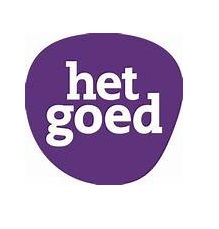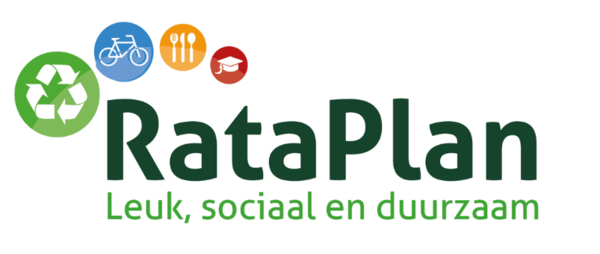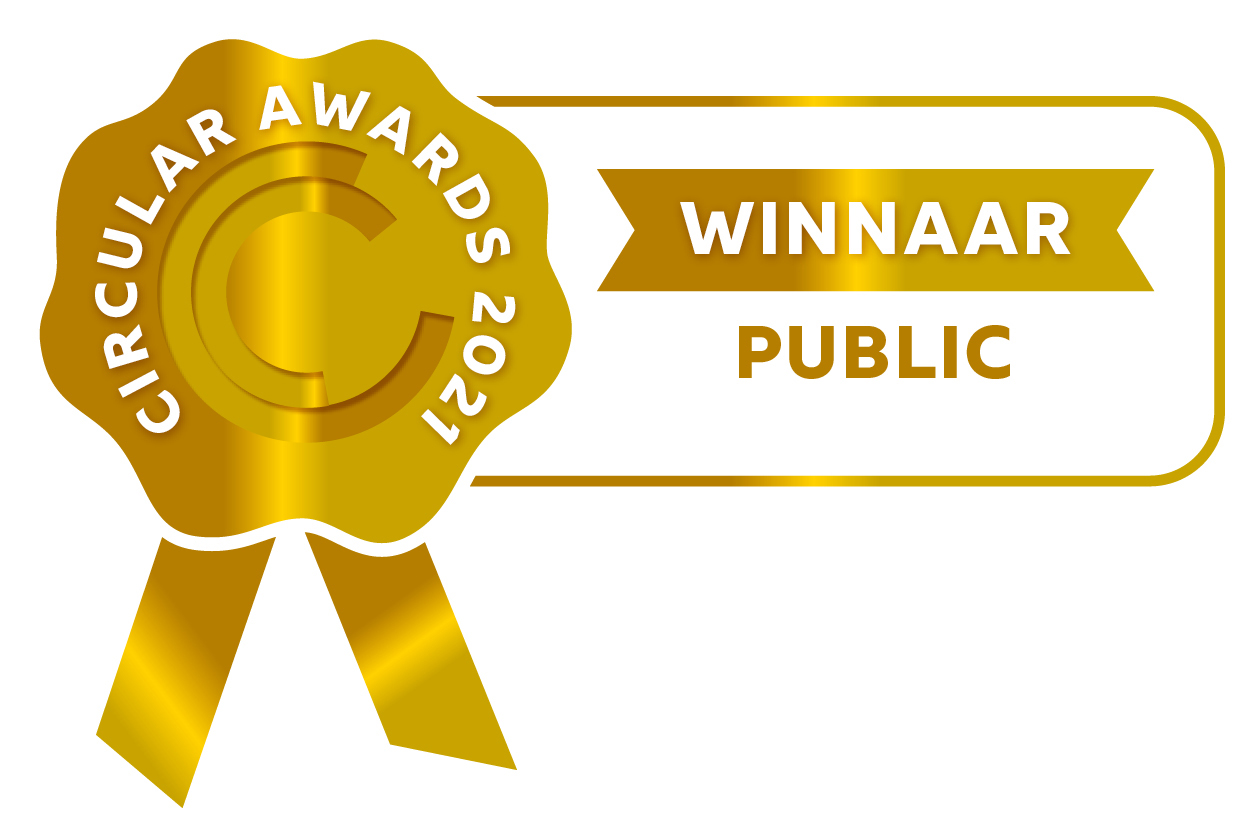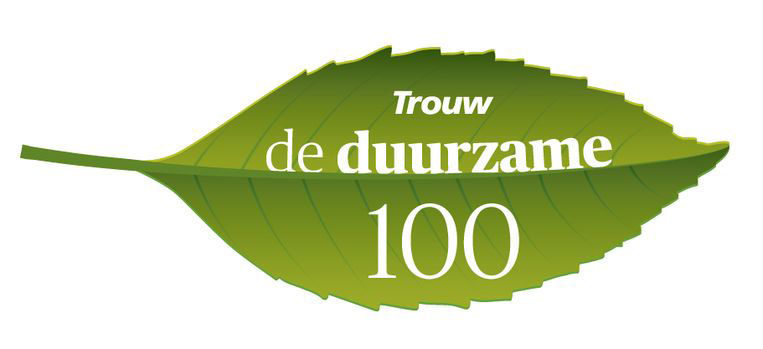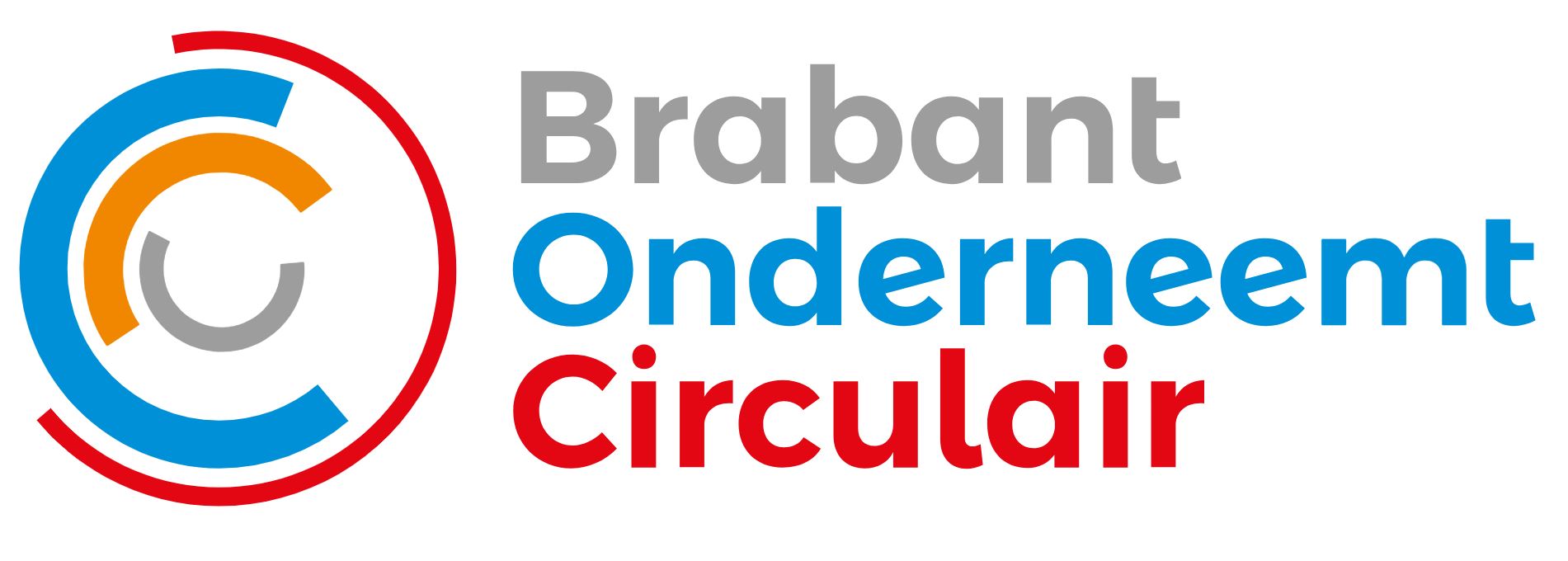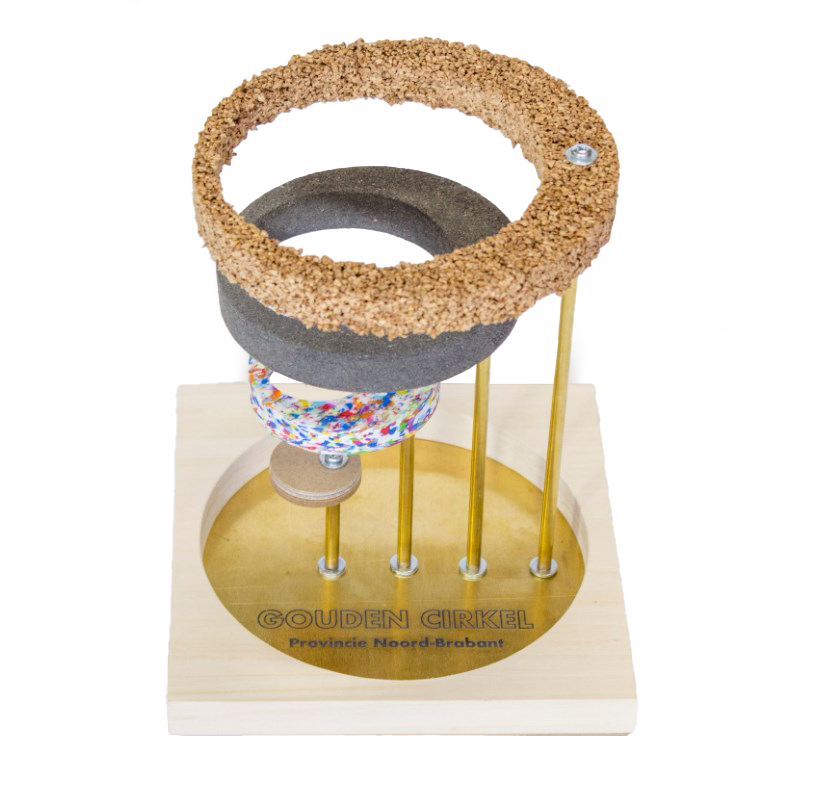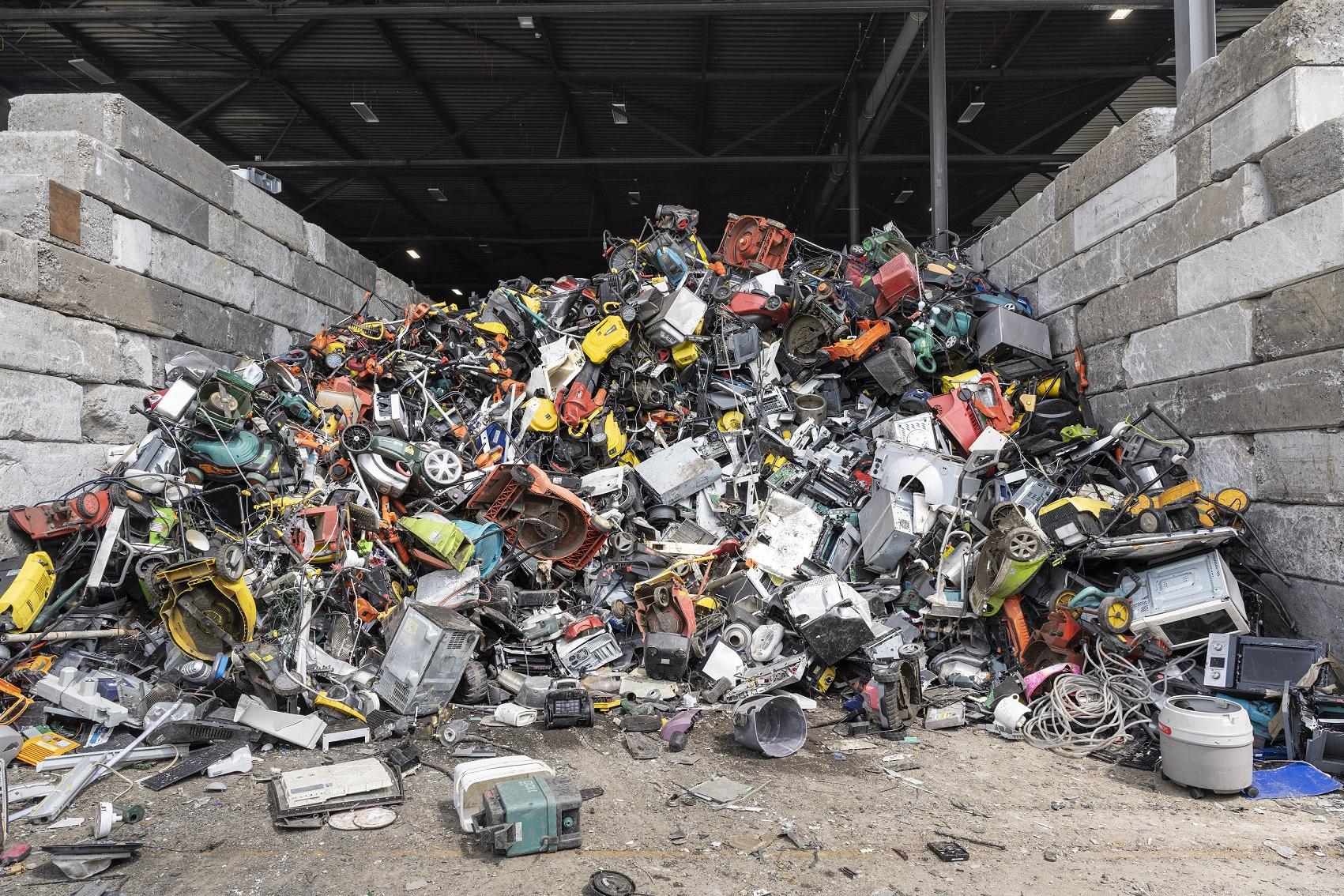
Figures EEE
E-Waste in residual waste
More than half of all electronic waste (e-waste ) in the Netherlands is not collected correctly. One of the projects of Race Against Waste (E-Waste Race) focuses on the proper collection of electronic devices. The goal of the project is to create awareness about resource scarcity and the importance of repairing, reusing and recycling electronic devices that are broken or not used anymore.
In view of circularity and the scarcity of raw materials, the need for reclamation is increasing. If we continue at the current rate, 120 million tons of raw materials will be discarded by 2050.
Source: Cirkelwaarde
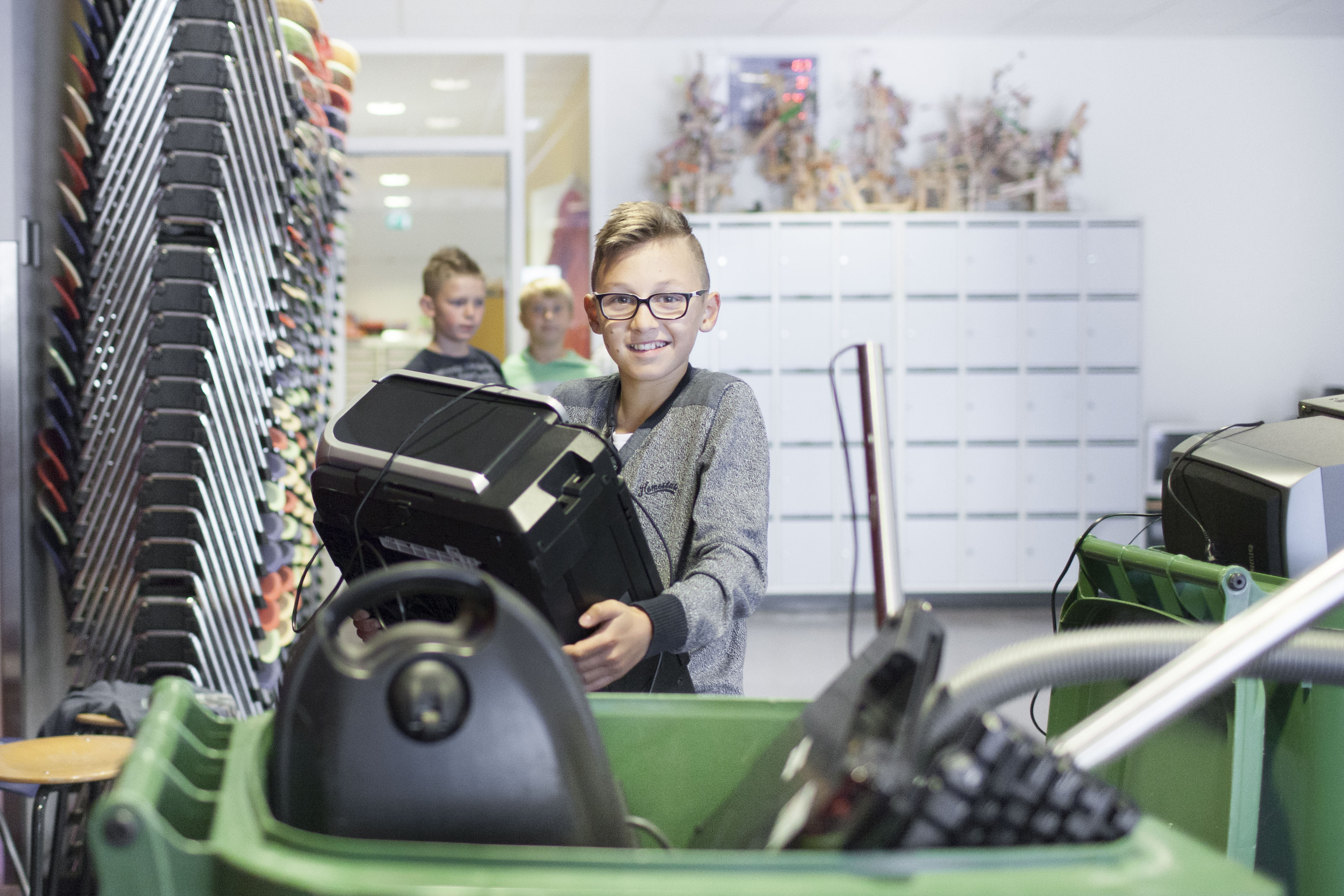
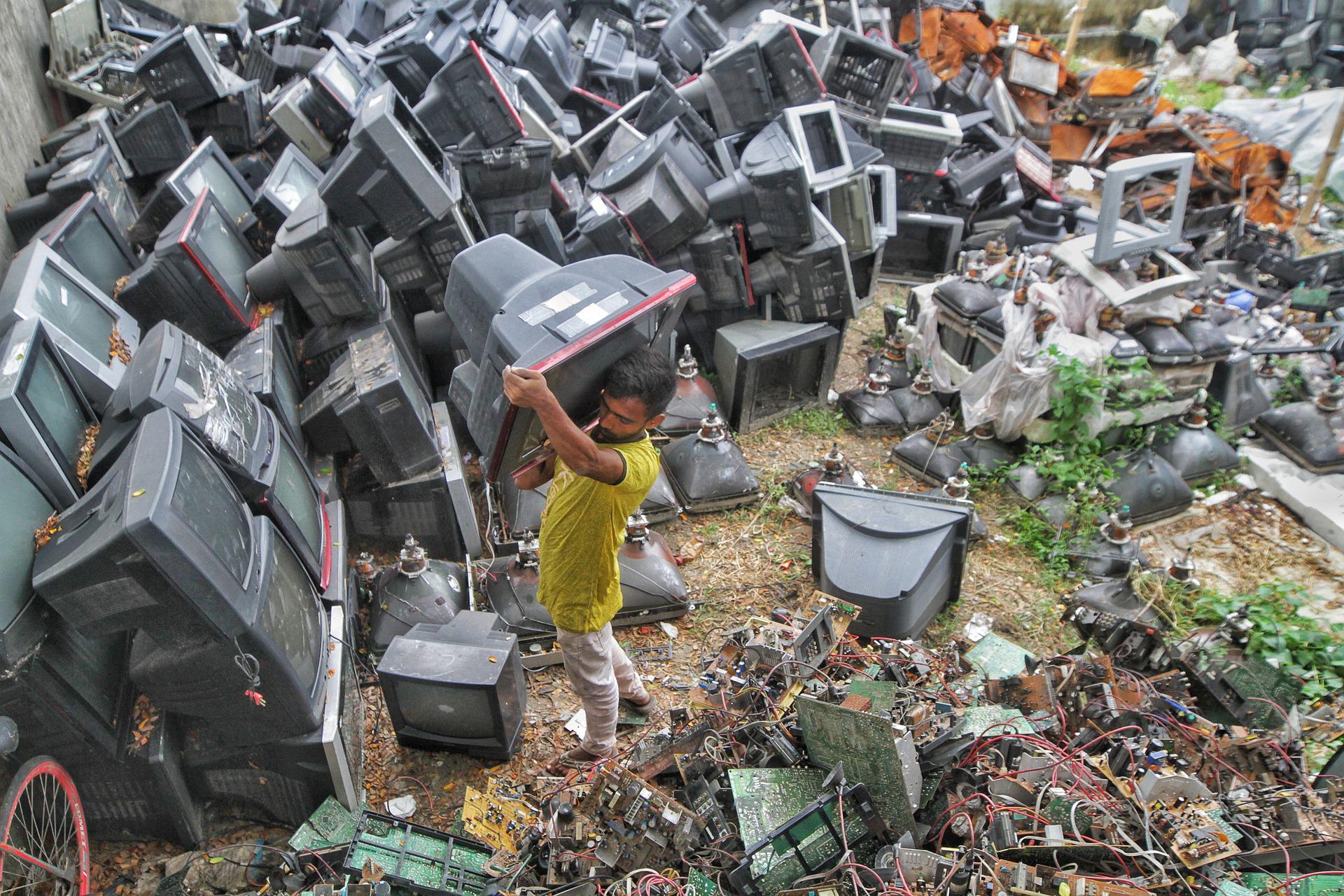
All too often, electrical and electronic appliances end up in the residual waste. This is a great pity, because then they are incinerated and many valuable raw materials are lost. We desperately need these raw materials in order to continue to make new appliances in the future.
Electronics are composed of a host of valuable components and materials, whose lifespan is determined by the weakest link. The product loses value to the consumer, while the raw materials are valuable, according to researchers in a 2019 United Nations report "A New Circular Vision for Electronics"
Source: Cirkelwaarde
But how much waste electrical or electronic equipment actually ends up with the residual waste? Every year, Rijkswaterstaat conducts research (sorting analysis) into the composition of Dutch residual waste. Below we zoom in on the component electrical and electronic equipment (EEE).
The share of electrical and electronic equipment in residual household waste was measured for the first time in 2003. Since 2006, a distinction has been made between the share of small and large EEE.
The household residual waste in 2019 consisted of 1.3% electrical and electronic equipment. This 1.3% was entirely small EEE. As of 2015, no large EEE was found in the residual waste.

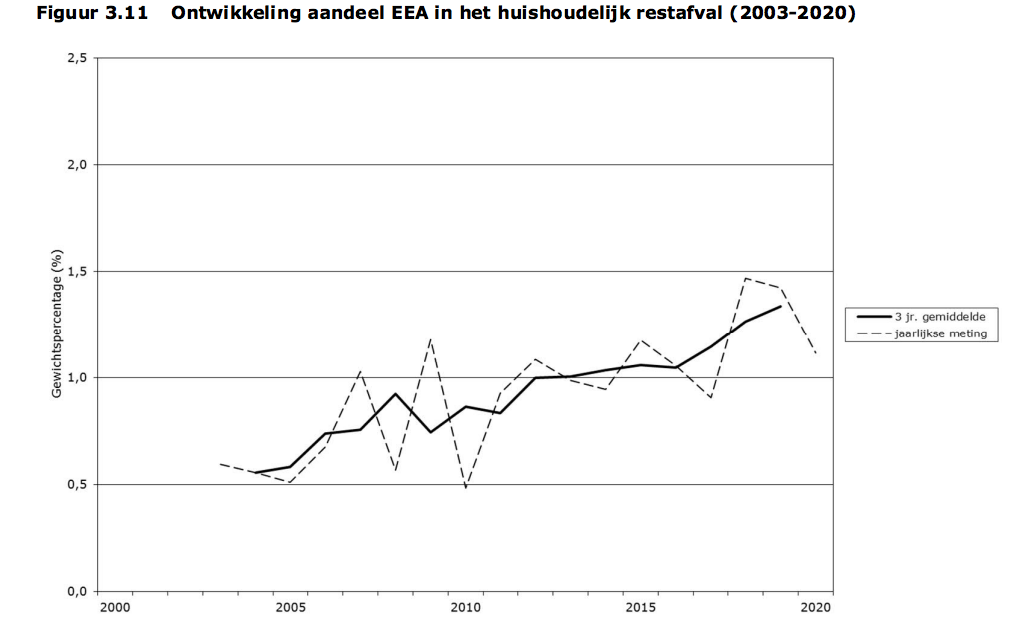
Since the EEE component was measured in 2003, an upward trend has been evident. The proportion of EEE in residual waste has increased from around 0.55% to over 1.0%.
Do you also want raw materials to be kept longer in the cycle and not go to waste? Then read here what you can do best with your old / broken electrical or electronic equipment.






